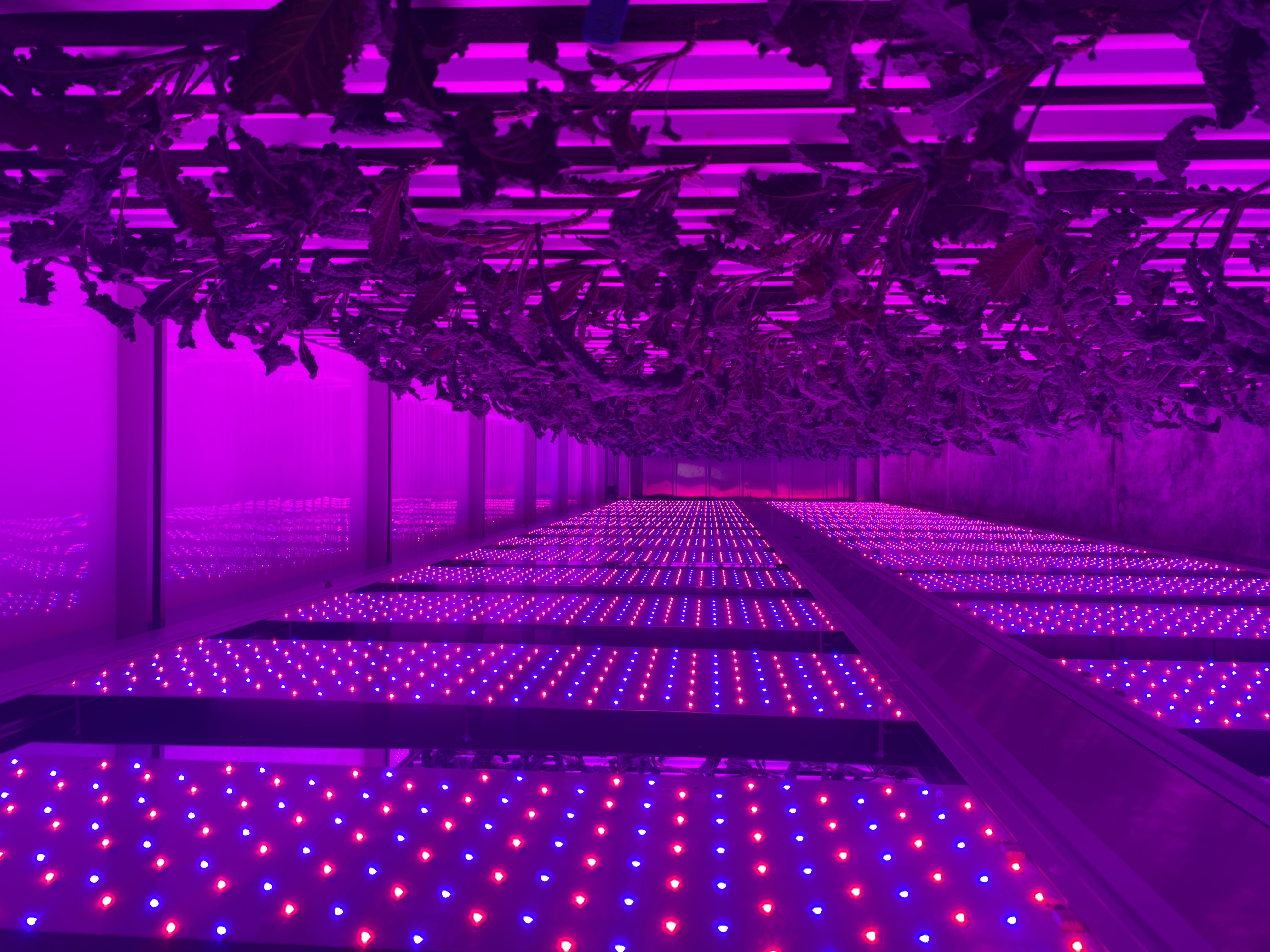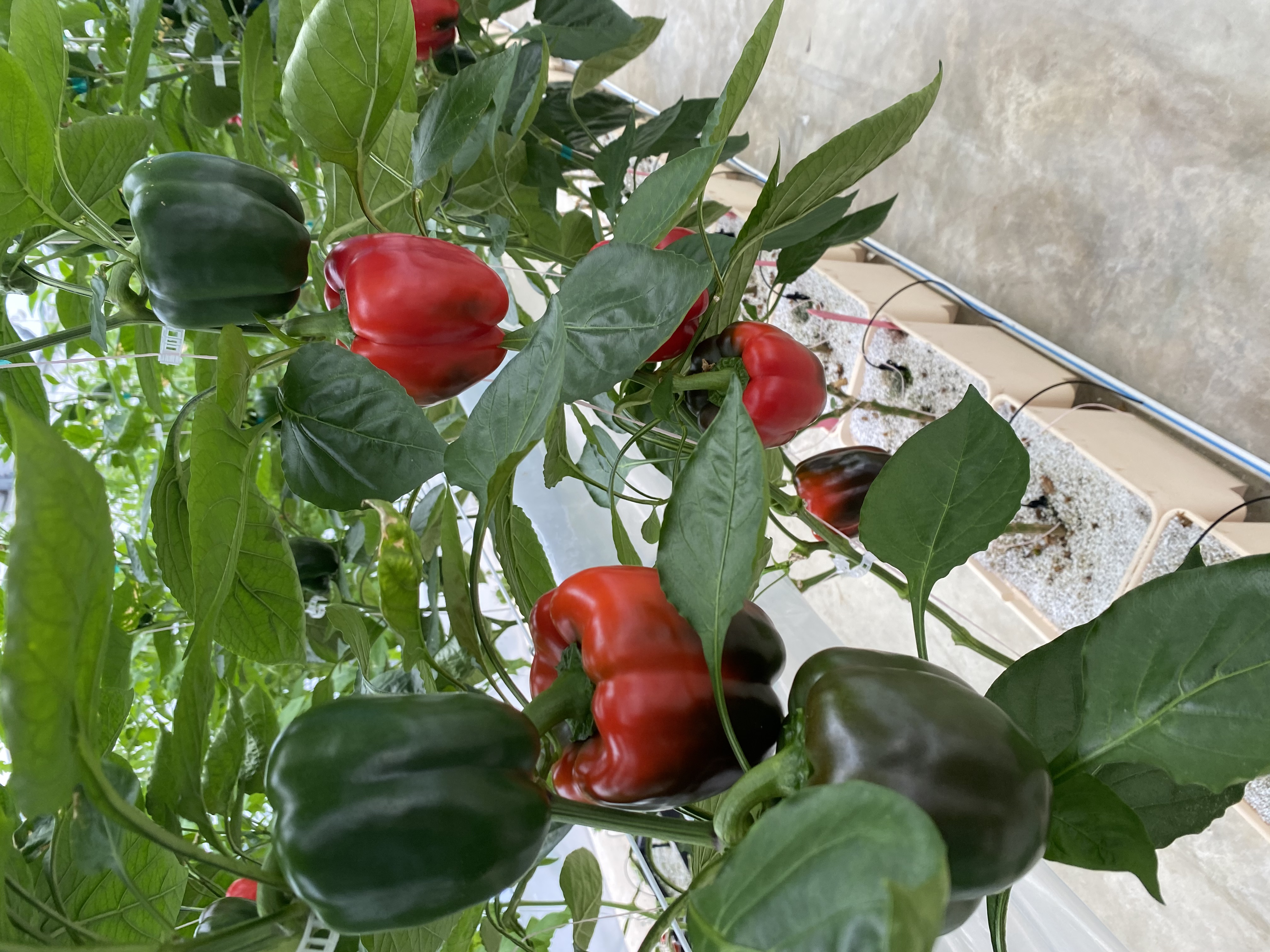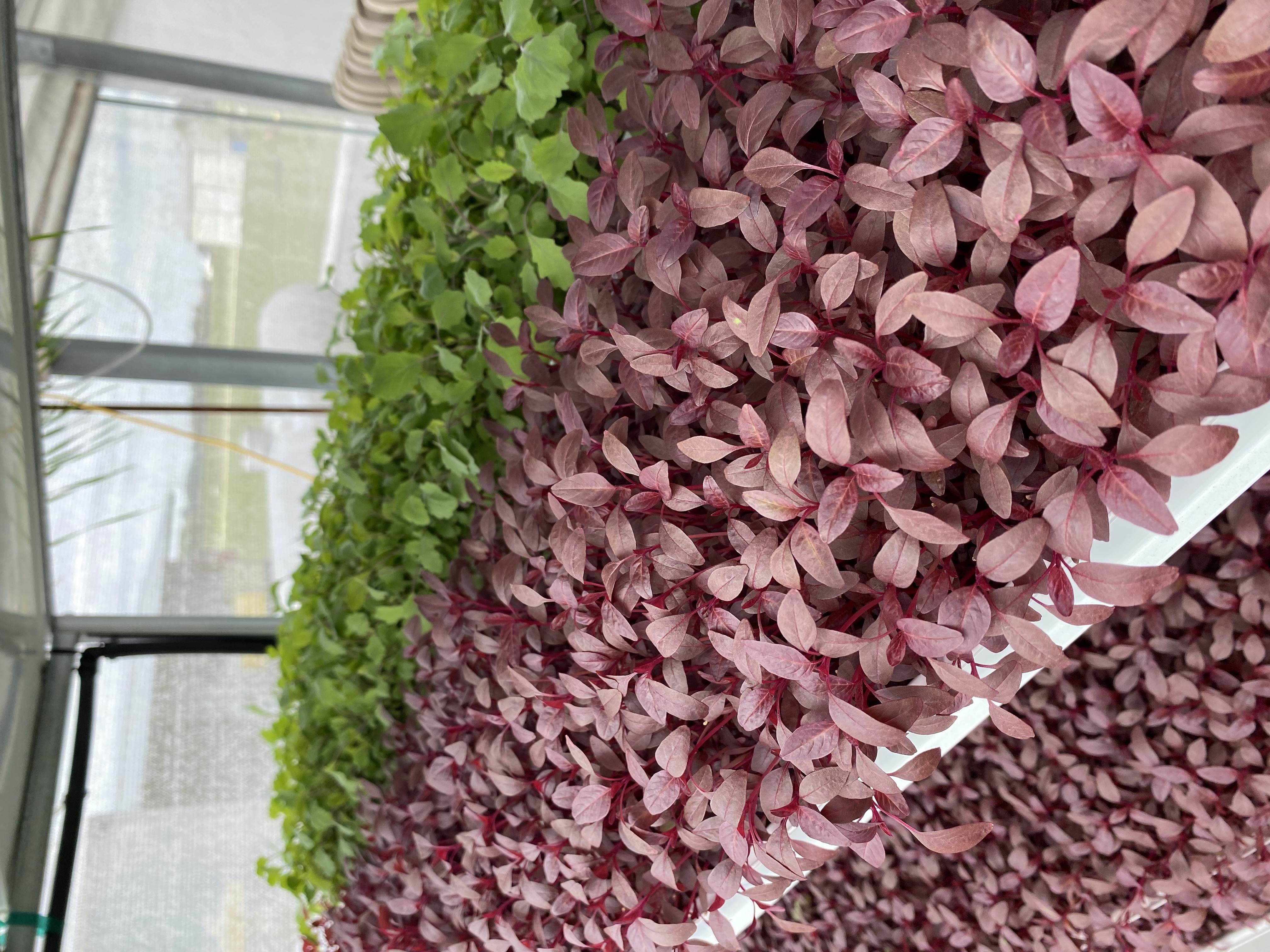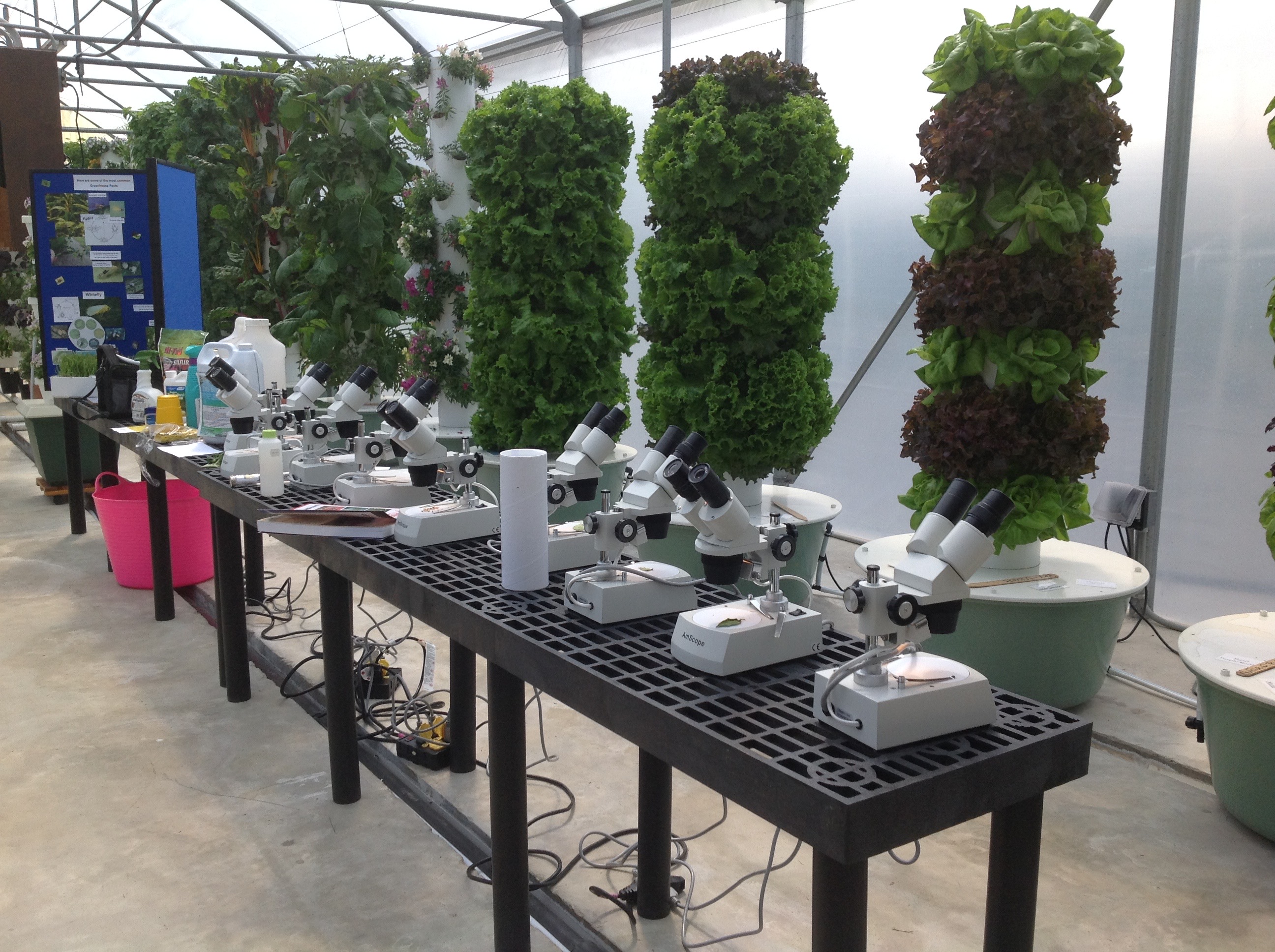Understanding Greenhouse and CEA Production Systems (For Food Safety Professionals)
go.ncsu.edu/readext?963789
en Español / em Português
El inglés es el idioma de control de esta página. En la medida en que haya algún conflicto entre la traducción al inglés y la traducción, el inglés prevalece.
Al hacer clic en el enlace de traducción se activa un servicio de traducción gratuito para convertir la página al español. Al igual que con cualquier traducción por Internet, la conversión no es sensible al contexto y puede que no traduzca el texto en su significado original. NC State Extension no garantiza la exactitud del texto traducido. Por favor, tenga en cuenta que algunas aplicaciones y/o servicios pueden no funcionar como se espera cuando se traducen.
Português
Inglês é o idioma de controle desta página. Na medida que haja algum conflito entre o texto original em Inglês e a tradução, o Inglês prevalece.
Ao clicar no link de tradução, um serviço gratuito de tradução será ativado para converter a página para o Português. Como em qualquer tradução pela internet, a conversão não é sensivel ao contexto e pode não ocorrer a tradução para o significado orginal. O serviço de Extensão da Carolina do Norte (NC State Extension) não garante a exatidão do texto traduzido. Por favor, observe que algumas funções ou serviços podem não funcionar como esperado após a tradução.
English
English is the controlling language of this page. To the extent there is any conflict between the English text and the translation, English controls.
Clicking on the translation link activates a free translation service to convert the page to Spanish. As with any Internet translation, the conversion is not context-sensitive and may not translate the text to its original meaning. NC State Extension does not guarantee the accuracy of the translated text. Please note that some applications and/or services may not function as expected when translated.
Collapse ▲We have partnered with the University of Florida, North Florida Research and Education Center in Live Oak, FL to offer a hands-on workshop about the industry, the systems and the components used in Control Environment Agriculture (CEA) & hydroponics.
This two-day workshop is designed to help those that provide support to greenhouse, CEA and protected agriculture operations better understand the science and practices behind these production systems.
We invite food safety professionals including extension agents, consultants, growers, auditors, researchers and students to attend.
Workshop details
Date/Times:
March 6-7, 2024
Day 1: 9:00 a.m. to 5:00 p.m.
Day 2: 8:30 a.m. to 1:00 p.m.
Location:
North Florida Research and Education Center- Suwannee Valley
8202 CR 417
Live Oak, FL 32060
Cost:
$325 Early Bird Registration by 2/15/24
$350 Registration after 2/15/2024
Day 1 – 9:00 a.m.-6:00 p.m.
- Structures: Greenhouses, High Tunnels, Open Shade & Indoor Containers
- Transplant production
- Soilless Media Systems
- Solution Systems (no media)
- Lunch & Dinner provided
Day 2 – 8:30 a.m. – 1:00 p.m.
- Irrigation & Nutrient Management
- Crops: Traditional & Specialty
- Lunch provided
For a detailed agenda and more information regarding hotels please see Greenhouse and CEA Agenda.
For a list of hotels in Live Oak, FL and Lake City, FL please see Lodging Information.
Nearest airports to Live Oak, FL are Jacksonville, FL, Gainesville, FL and Valdosta, GA (about 1 hour to 1 hour and 30 min drive).
Topic Details
- Structures for Protected Culture: Fan and pad greenhouses, passively ventilated greenhouses, indoor containers, high tunnels, shade structures, outside production, and row covers for season extension
- Transplant Production: Tray selection, seeding media, fertilizer programs, irrigation, and germinating and growing tips, importance of cultivar selection, and sourcing seed
- Soilless Media Systems: Selecting a media, lay-flat and upright bags, nursery pots, vertical media systems, Bato buckets, Earth boxes, in-ground modified trough systems, and open above-ground troughs
- Solution Systems (no media): Floating systems, Nutrient Film Technique (NFT), and vertical solution systems
- Irrigation and Nutrient Management: Irrigation system designs, emitter selection, using dosing equipment, mixing fertilizers, nutrient deficiencies, and nutrient solution monitoring, and petiole sap testing
- Traditional Crops: Tomato, cucumber, and pepper
- Specialty Crops: Lettuces, crucifer crops, micro-greens, cut flowers, edible flowers, herbs, ethnic vegetables, and specialty greens
Most of the hands-on experiences will be outside. Closed-toed shoes are recommended. Plan for all weather conditions.
Course Organization Team
Bob Hochmuth
UF/IFAS NFREC- Suwannee Valley Regional Specialized Extension Agent Vegetables
Wanda Laughlin
UF/IFAS NFREC- Suwannee Valley Protected Ag Program Manager
Dan Fenneman
UF/IFAS Extension Madison County Extension Agent, Agriculture
Tatiana Sanchez
UF/IFAS Extension Alachua County Commercial Horticulture Extension Agent
Hannah Wooten
UF/IFAS Extension Orange County Commercial Horticulture
Kristen Gibson, Ph.D.
University of Arkansas System Division of Agriculture, Director, Center for Food Safety
Elena Rogers
NC State University, Area Specialized Extension Agent, Food Safety – Fresh Produce
Kim Glasscock
UF/IFAS NFREC – Suwannee Valley Program Assistant
For more information contact
Elena Rogers – elena_rogers@ncsu.edu, 352-316-4445
Kim Glasscock – kglasscock@ufl.edu, 386-219-4276






